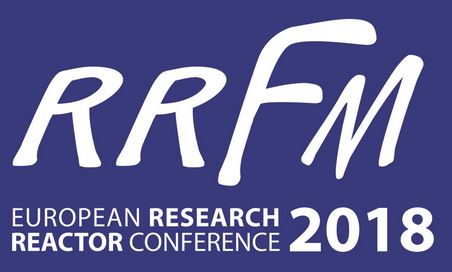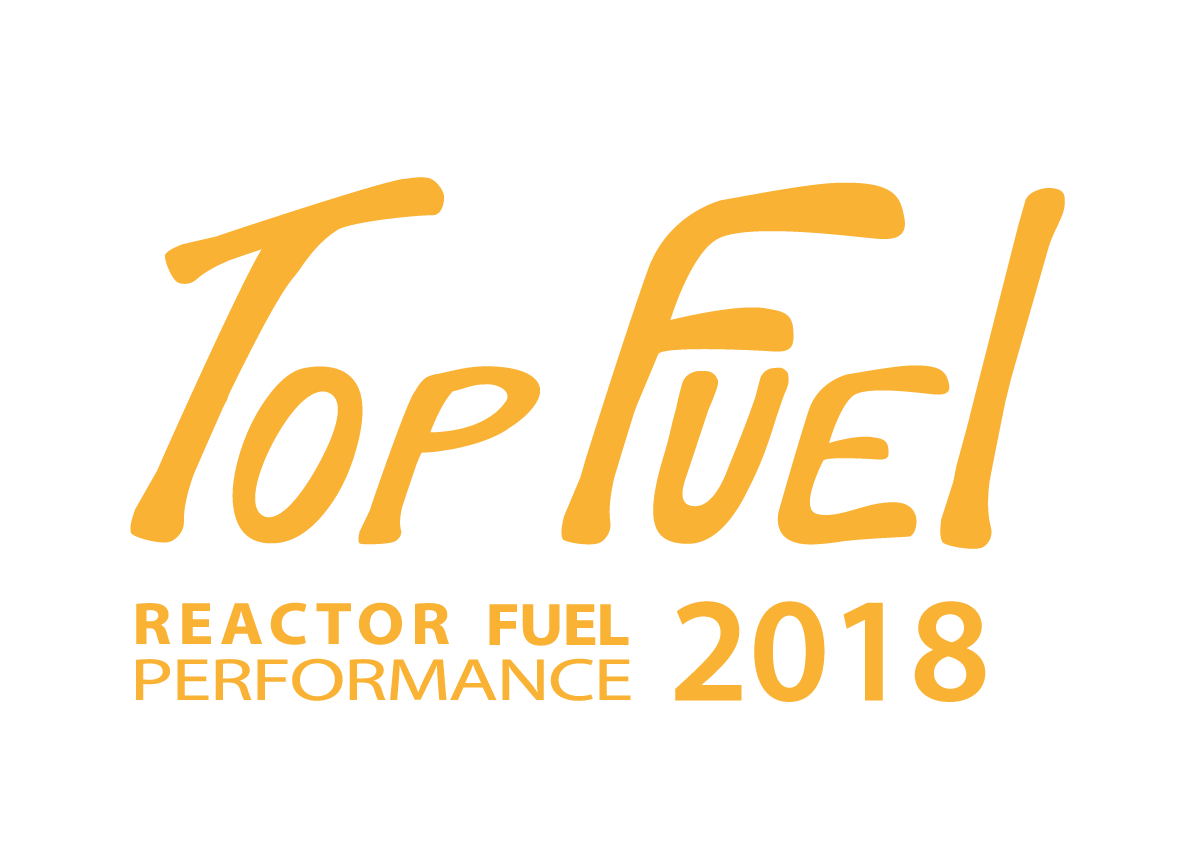Castor
 scroll scroll 
Cask for storage
and transport of radioactive
material. Type of container for the transport and interim storage of
spent fuel elements and vitrified high active waste. All CASTOR® types have the same basic concept. The transport container is a thick-walled
(approx. 450 mm) body of cast iron with spheroidal graphite. This material
is characterized by its extremely high strength and toughness. The cast
body wall is provided with through axial boreholes filled with plastic
rods. These plastic inserts are used as a neutron shield. The bottom
and cover also have such inserts. The fuel elements are held in a rack
of boron steel, a neutron absorbing material. The container is closed
by a multiple cover system. This consists of an approx. 340 mm thick
primary cover and an approx. 130 mm thick secondary cover made of special
steel. The two overlying covers are bolted firmly to the container body.
The sealing effect of the covers is ensured by special metallic packings.
A protective steel plate screwed over the cover system protects this
against mechanical impacts and humidity. Lifting lugs are attached to
the top and bottom of the container. The safety of the fuel element
containers of the CASTOR® type was verified by the following
tests:
-
A drop from a height of 9 m onto a practically
inflexible foundation (concrete base of 1,000 t, covered with a
35 t heavy steel plate). These crash tests were partly carried out
with containers cooled to minus 40° C. The material is less
resistant at this low temperature. During the crash tests from 9
m height onto the practically inflexible concrete-steel base the
containers are subjected to loads which are extremely unlikely during
actual transport. Therefore, the tests are representative for a
crash from far higher altitudes onto a real base, e.g. a street
or ground and for loads occurring in the most serious traffic accidents.
-
Fire tests at a temperature of more than 800° C for half an
hour,
-
Simulation of an aircraft crash by bombardment with a missile
weighing approx. 1 t at almost sonic speed.
|
|

11 - 15 March 2018
Munich, Germany

30 September - 04 October 2018
Prague, Czech Republic |